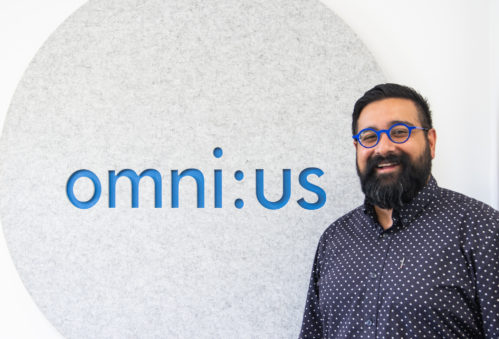It’s no secret that the P&C insurance industry has enormous volumes of unstructured data that stream into the enterprise. Every line of business has its own unique set of forms, letters, spreadsheets, and other documents, plus huge numbers of e-mails and the diary notes of underwriters, adjusters, and others.
Claims is an example of an area that has great amounts of data coming in, starting with initial reporting (first notice of loss, first report of injury) and continuing throughout the entire claims lifecycle. Additional information is ingested as the claim is investigated, and areas such as fraud, litigation, and subrogation add their own unique data requirements, much of which is unstructured. For long-tail casualty claims, such as those found in workers’ comp, there is typically an ongoing exchange of documents related to medical procedures and treatments. Suffice it to say that P&C claims has high volumes of unstructured documents and data that are central to the claims adjusting process.
Today, much of that information flowing into the insurer is subject to manual document classification and data extraction, which is people-intensive, time-consuming, and elongates the claims cycle. The time element is particularly troublesome, as a longer time to settlement typically results in higher claim payments and lower customer satisfaction, not to mention the extra cost on the part of the insurer.
Insurers have wrestled with this problem for decades, experimenting with technologies to automate the extraction, classification, and workflow management related to unstructured data. Optical Character Recognition technology (OCR) has been the anchor technology used for this purpose over the years. While progress has been made and the accuracy levels for extraction and classification have improved, they are still not high enough for many use cases in the claims arena. Now, breakthroughs in Natural Language Processing tech (NLP) have “leapfrogged” the foundational OCR technologies and enabled very high levels of accuracy.
In the past decade, artificial intelligence technologies in general, including NLP, have advanced dramatically due to the combination of massive compute power, breakthroughs in machine learning algorithms, and enormous funding, which has spurred new research and new entrants focused on specific business problems. This affords insurers the opportunity to reduce delays in the workflow, optimize the use of human resources, and significantly reduce incorrect assessments. Insurers are recognizing the opportunity, with 64% of commercial lines carriers investing in NLP-based solutions in 2021, according to SMA research. Insurers serving the more complex risks are especially focused in this area, with 34% stating there is high value in extracting and classifying unstructured data.
As insurers evaluate new capabilities for claims indexation and other uses cases for NLP, there is one aspect that is sometimes overlooked. Although error rates have the potential to be very low, there are still errors in extraction and classification. This causes some to reject the technology solution. However, what is not always recognized is that the manual processes are also prone to errors. Every insurer using manual methods has misclassifications that cause routing to the wrong person or system, or the inability to recognize that information is incomplete, requiring new requests for information later in the process. In many cases, this is not even measured. So, the insurer does not know exactly how many of these errors occur, dragging down process inefficiencies or driving poor results. In this context, it is important to understand that NLP-based solutions for claims indexation can not only outperform traditional OCR solutions, but they are also very likely to result in fewer errors than manual methods.
But the benefits only start with reduced error rates. The new era of NLP for claims indexing enables simplification of business rules, high levels of automated classification, integration into workflows to reduce cycle time, and fewer resources required for manual classification and routing. And perhaps the most enticing dimension of NLP solutions for claims indexation is that it creates a platform for automating and leveraging AI in follow-on stages of the claims process. Automation and AI-based decisioning for coverage checking, triage, assignment, and the investigation/estimation phases becomes more feasible.
Other important areas in claims can also benefit by the digitization and classification of the unstructured data, such as analyzing data for fraud detection, litigation propensity, and subrogation potential. In this blog, the opportunities for leveraging advanced solutions for claims indexation has been explored. But what is most intriguing for insurers is that this solution approach is applicable to many use cases across the P&C insurance value chain.
